Care and Maintenance of a Clarinet
Care and maintenance after playing
Care and maintenance of the mouthpiece
After playing, be sure to remove the reed from the mouthpiece, wipe any moisture off the mouthpiece, and store it away carefully. Insert a small (size S) cleaning swab into the mouthpiece from the joint cork end and wipe off any moisture or dirt.
Be careful not to damage the tip of the mouthpiece when cleaning.
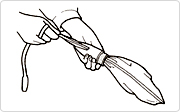
Removing moisture from the body
Remove all moisture from the inside of the body by running a medium (size M) cleaning swab through the instrument. For a bass clarinet use a large (size L) cleaning swab. If the swab catches on anything, pull it through slowly without forcing it. (Particular care is required when passing the cloth through the upper body.)
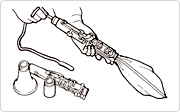
The joint is particularly susceptible to build-up of moisture. Since there is a danger that this could cause cracking, wipe off the moisture thoroughly with a polishing gauze or similar cloth.
Also, if moisture builds up while you are playing, try to wipe it away with a cleaning swab.
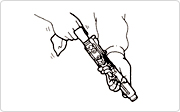
Wiping dirt off the surface
Wipe the body along its entire length without applying any force to the keys. Be careful to ensure that the key components do not damage the pads.
Removing moisture from the pads
Insert a piece of cleaning paper into the tone hole openings and wipe away all the moisture. Be careful not to pull the paper out with the key held down, as there is a danger that this will damage the pad.
Put a piece of cleaning paper between the pad and the tone hole and lightly press the key several times. Repeat this operation two or three times, applying the paper to different spots on the pad.
* Be careful not to pull the paper out while the key is held down.
* If the pad is sticky, use powder paper.
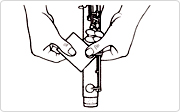
Before using powder paper
Before using powder paper for maintenance of the pads, remove any water with cleaning paper.
Powder will not adhere properly if water is present, preventing the instrument from performing well.
Be careful not to apply too much cork grease
As a rule of thumb, if the joint seems too tight when you assemble the instrument, applying a moderate amount of cork grease will be sufficient. If the joint is not tight, it is probably better not to apply any.
Although some people conscientiously apply grease every day, a cork that always has grease on it will just absorb it. This may dissolve the adhesive between the cork and the body, causing the cork to crumble away in time. In addition, since the grease is sticky, putting the instrument in the case in this condition will cause dust to adhere to the cork. Assembling or disassembling the instrument while the cork has dust on it may damage the body.
The best way to use the grease is to apply it to the cork if the joint seems stiff when the clarinet is assembled, and then after using the instrument and disassembling it, to wipe off the grease before putting the clarinet back in its case. As a result, there will be no dust sticking to the cork and no grease will seep into it, as there will be none left on it. This is a good habit to get into.
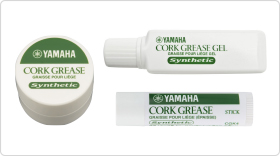
Musical Instrument Guide:Clarinet Contents
Structure
How the Instrument is Made
Choosing an Instrument
Trivia
- "I Broke My Clarinet" is a French folk song
- Inspiring composers
- In Italy, a single B♭ clarinet
- At one time, most clarinets were made of boxwood
- In vogue in the 1900s-the metal clarinet
- A transparent clarinet?
- Famous clarinet works: concertos
- Famous clarinet works: chamber music
- What is the relationship between hertz and cents?
